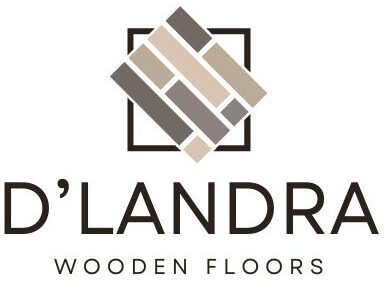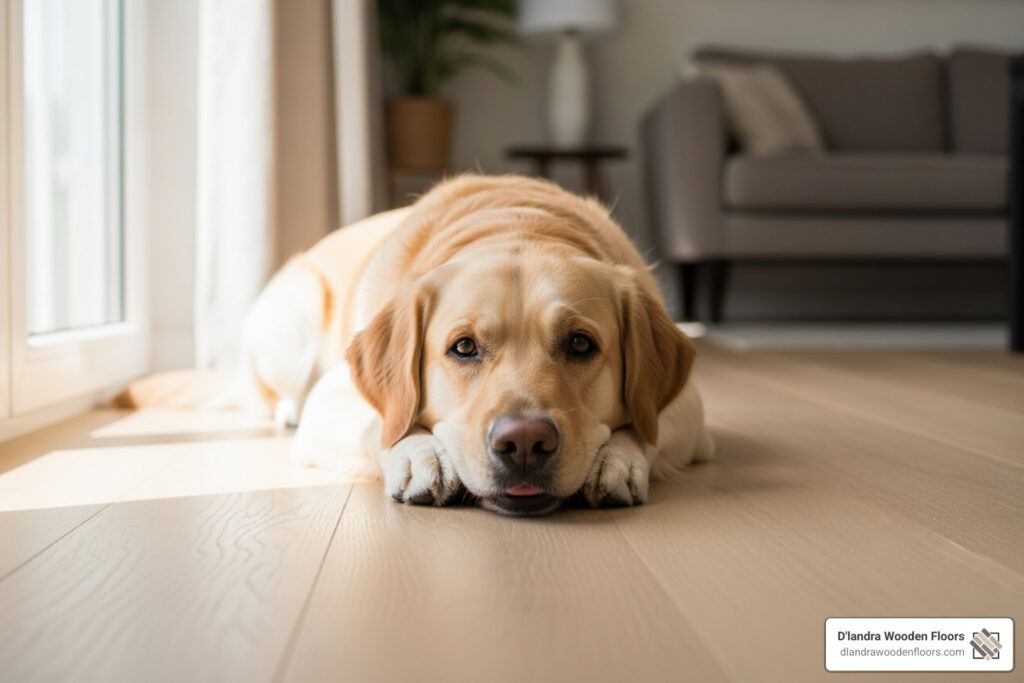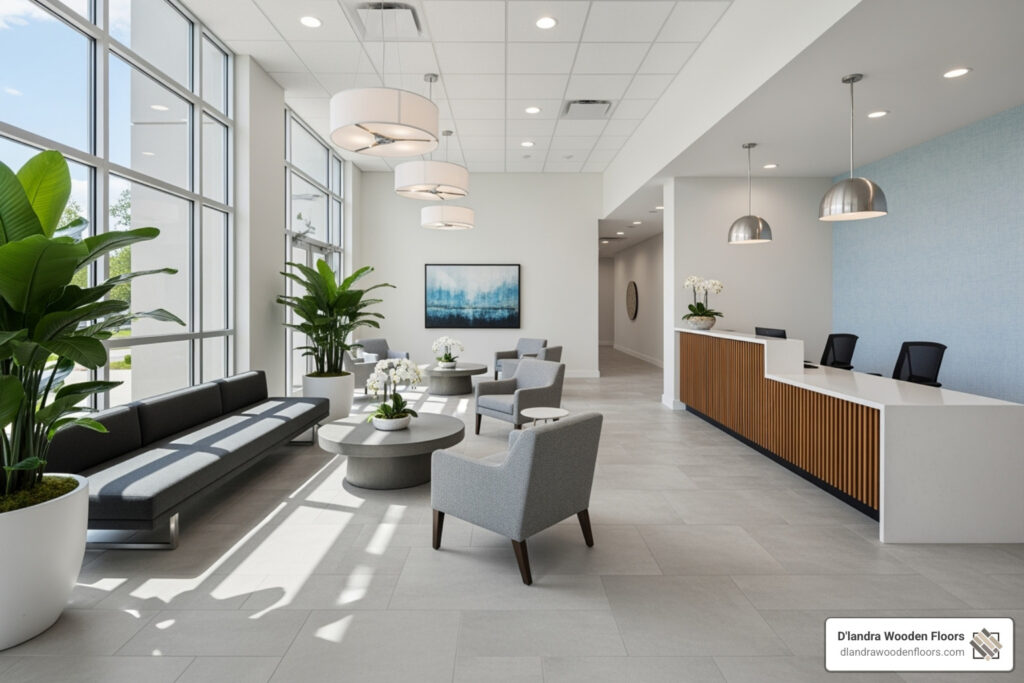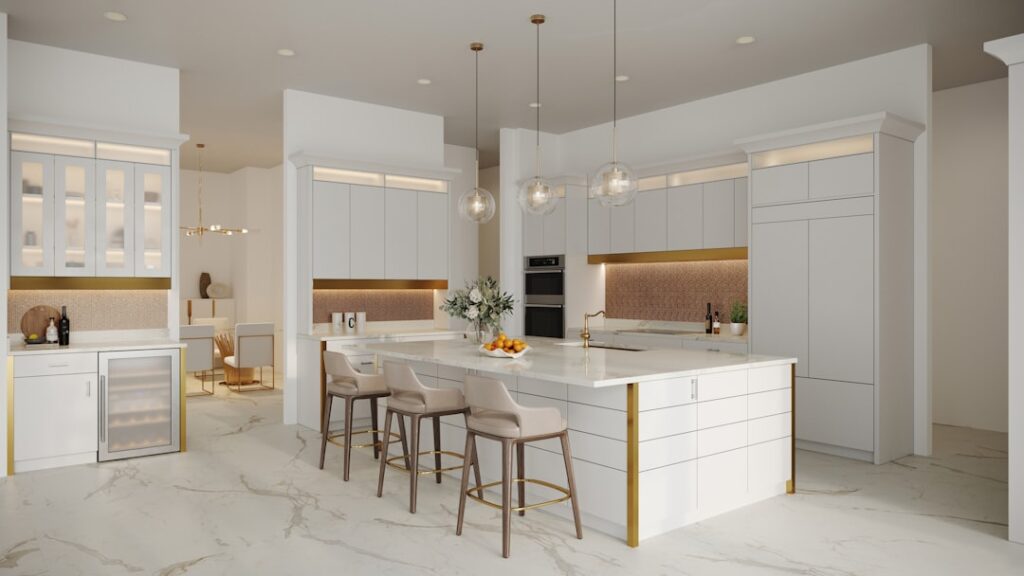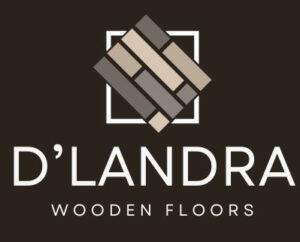Table of Contents
ToggleChoosing Between Two Flooring Titans: What Every South Florida Homeowner Should Know
Vinyl plank vs laminate flooring represents one of the most common dilemmas facing South Florida homeowners today. If you’re trying to decide between these popular options, here’s a quick comparison:
| Feature | Vinyl Plank | Laminate |
|---|---|---|
| Water Resistance | 100% waterproof | Water-resistant but not waterproof |
| Material | PVC (synthetic) | Wood fiber composite with resin |
| Cost | $1-$10 per square foot | $1-$6 per square foot |
| Durability | Highly scratch-resistant, 10-20+ year lifespan | Good scratch resistance, 15-25 year lifespan |
| Best For | Bathrooms, kitchens, basements | Living rooms, bedrooms, offices |
| Installation | Click-lock or glue-down | Click-lock floating floor |
When choosing new flooring, you’re not just selecting a surface to walk on—you’re setting the stage for countless family moments. In South Florida’s unique climate, where humidity and occasional water intrusions are facts of life, this decision carries even more weight.
Both vinyl plank and laminate have revolutionized the flooring industry by offering affordable alternatives to hardwood that don’t sacrifice style. As one homeowner noted in our research, “Choosing the right flooring is key to ensuring a stylish yet easy-to-maintain home—and you’ll likely live with it for as long as you reside there.”
The decision between these two popular options often comes down to specific needs: moisture resistance, budget constraints, installation preferences, and the look and feel you desire. Vinyl’s 100% waterproof nature makes it ideal for bathrooms and kitchens, while laminate’s realistic wood appearance might be perfect for your living spaces.
At D’Landra Wooden Floors, we’ve helped countless South Florida homeowners steer this choice, considering both the practical demands of our tropical climate and the aesthetic goals that transform a house into a home.
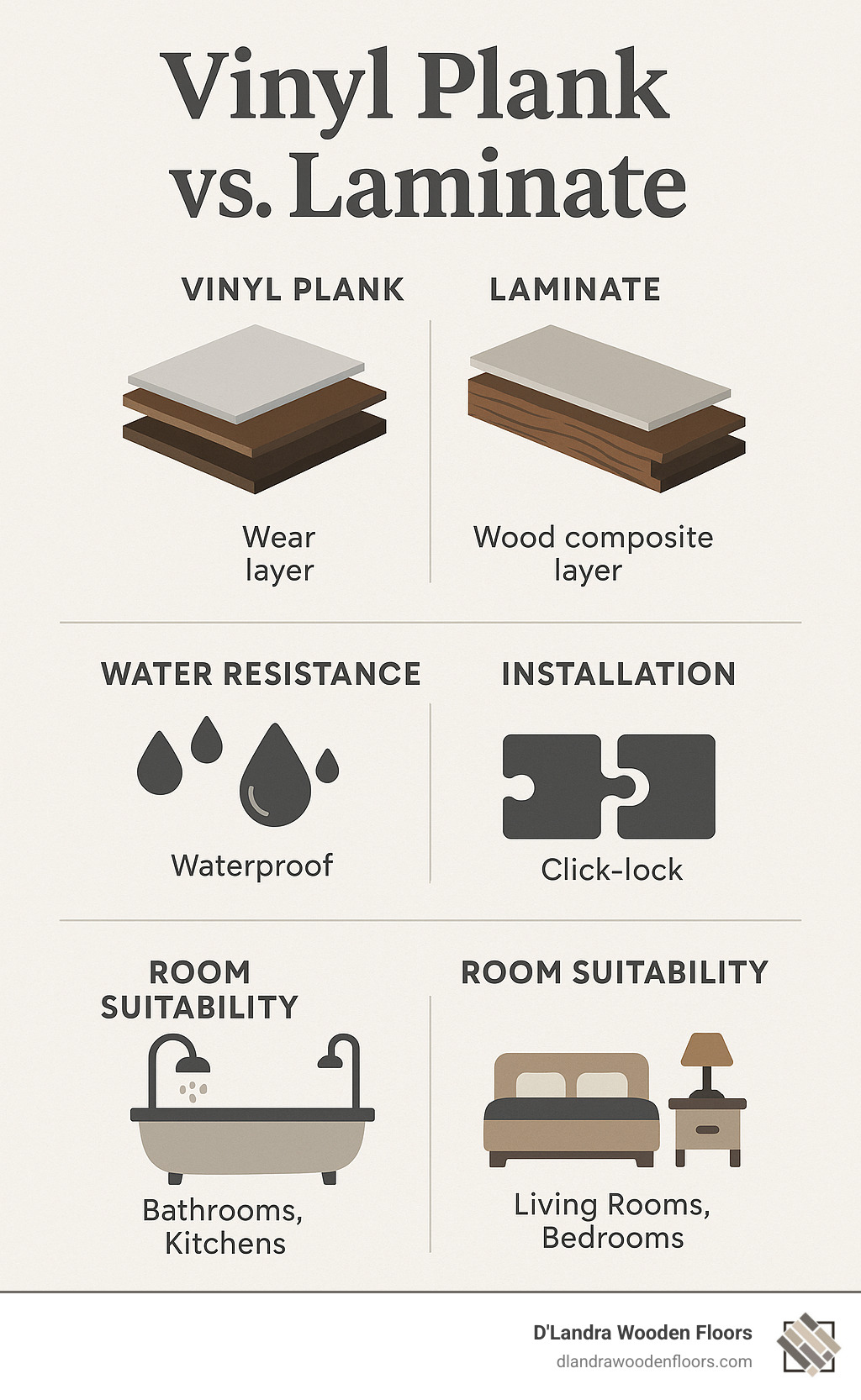
Vinyl Plank vs Laminate: Key Differences That Matter
When South Florida homeowners visit us at D’Landra Wooden Floors, they’re often caught between vinyl plank vs laminate flooring. Whether you’re in Coral Springs, Parkland, or Weston, understanding these differences isn’t just about aesthetics—it’s about how your floors will handle our unique climate and your family’s lifestyle.
Let’s explore what truly sets these popular options apart:
Materials & Construction: Vinyl Plank vs Laminate From the Inside Out
Vinyl plank flooring is entirely synthetic, primarily made from polyvinyl chloride (PVC), giving it that impressive flexibility and water resistance we Floridians need. Picture a luxury vinyl plank like a delicious layer cake:
The clear protective wear layer on top (measured in mils) shields against scratches, while the high-definition design layer below creates those gorgeous wood or stone visuals. The core—either flexible vinyl or rigid SPC/WPC—provides stability, and the backing layer often includes built-in underlayment for comfort.
“Most homeowners don’t realize there are different core options,” I often tell my clients. SPC cores (Stone Plastic Composite) offer superior durability but less cushion, while WPC cores (Wood Plastic Composite) feel softer underfoot with better sound absorption.
Laminate flooring takes a different approach, building around a wood-based high-density fiberboard (HDF) core. Its transparent wear layer contains aluminum oxide for scratch protection, sitting atop a detailed photographic layer that mimics natural materials. The bottom moisture-resistant layer helps stabilize the plank.
As our installation team likes to say, “Think of laminate as wood’s cousin and vinyl as its distant relative.” This fundamental difference—wood byproducts versus synthetic materials—explains why they perform so differently in our humid South Florida environment.
Thickness varies too: laminate planks typically measure 6mm-12mm thick, while vinyl planks are slimmer at 1.5mm-5mm. This difference affects not just appearance but installation requirements and feel underfoot.
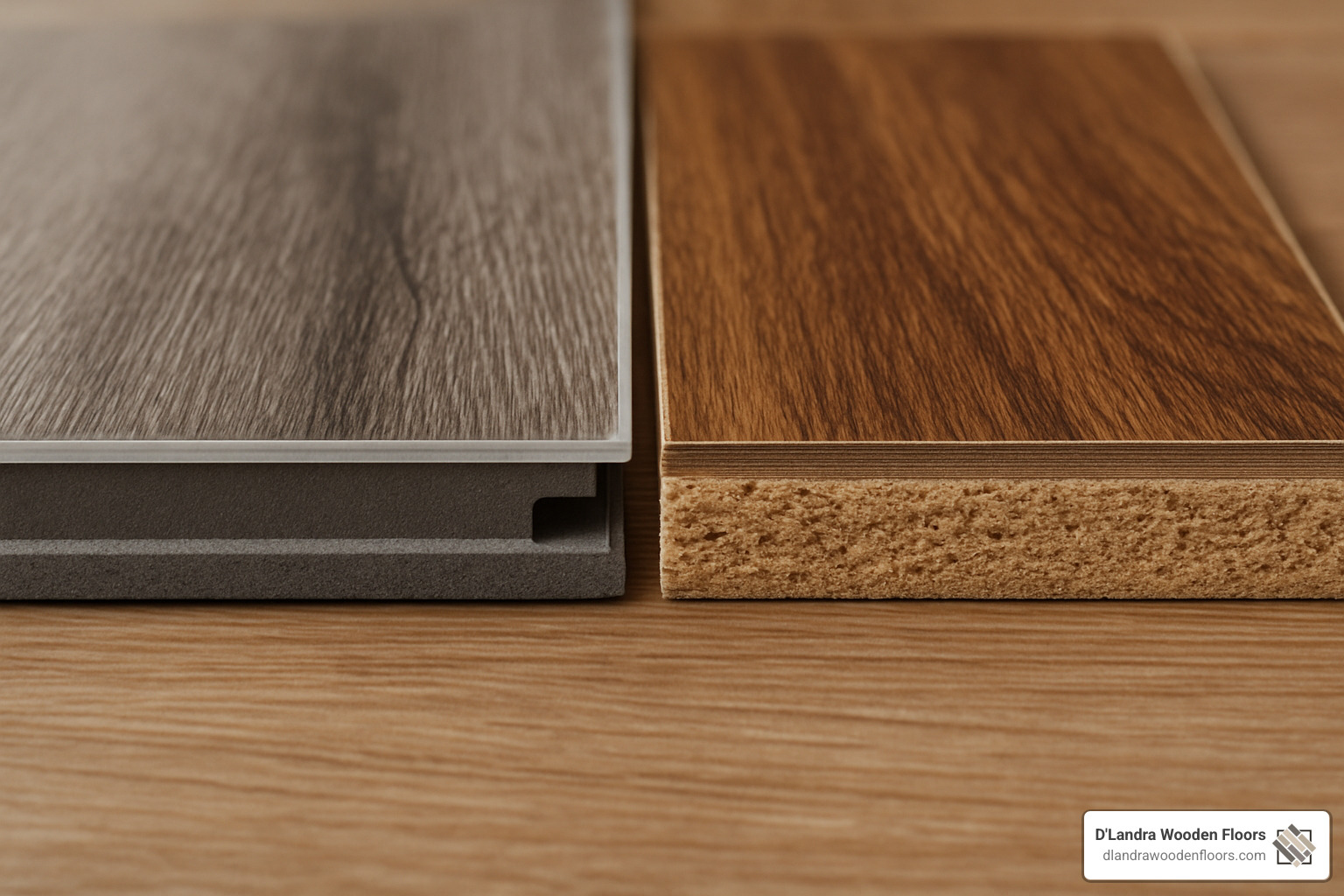
Water, Wear and Tear: The Durability Showdown
In South Florida, water resistance isn’t optional—it’s essential. This is where these flooring types differ most dramatically.
Vinyl plank flooring is 100% waterproof. I’ve seen vinyl planks submerged in water for days, dried out, and reinstalled without issue. You can mop them regularly, install them in bathrooms without worry, and even handle the occasional flooding with minimal panic.
Laminate flooring is merely water-resistant. While today’s laminates can typically handle spills for up to 72 hours if promptly cleaned, that HDF core will eventually swell when exposed to standing water. I’ve seen too many laminate floors ruined by simple water bowl spills or AC leaks.
One client in Weston told me, “After my Golden Retriever knocked over his water bowl and ruined my laminate, I switched to vinyl and haven’t stressed about spills since.”
For scratch resistance, both perform admirably but differently. Vinyl’s resilience allows it to bounce back from impacts that might permanently dent hardwood. Commercial-grade vinyl with a 20+ mil wear layer can withstand heavy traffic beautifully.
Laminate’s hard surface with aluminum oxide coating provides excellent scratch protection—often better than vinyl for everyday scuffs. The trade-off? Once damaged, laminate is nearly impossible to spot-repair, while vinyl can sometimes be heat-treated to minimize scratches.
Warranty coverage reflects these differences: laminate warranties typically span 10-25 years but usually exclude water damage, while vinyl warranties (often up to 20 years) typically cover water-related issues.
Look, Feel & Sound: Style Meets Comfort
The visual battle between vinyl plank vs laminate grows more competitive every year as manufacturing technology advances.
Traditionally, laminate won the beauty contest with deeper embossing and higher-definition printing. Its harder surface also feels more like authentic wood underfoot. Modern laminate can convincingly mimic hand-scraped, distressed, or wire-brushed wood textures that fool even discerning eyes.
However, luxury vinyl has made remarkable advances. Today’s premium vinyl planks feature realistic embossing that aligns perfectly with the printed grain patterns. Many now come in varied widths and lengths for more authentic installation patterns, and matte finishes have eliminated that telltale “plastic” look of older vinyl products.
“When clients visit our showroom, they’re often shocked when I reveal which samples are vinyl and which are laminate,” I tell them. “The gap has narrowed dramatically.”
The feel underfoot creates the most noticeable difference in daily life:
Vinyl plank offers a slightly softer, warmer surface naturally. This makes standing for long periods in the kitchen more comfortable and provides a bit more forgiveness if a toddler takes a tumble.
Laminate presents a harder surface that can feel cold without quality underlayment. However, this firmness creates that authentic hardwood-like feel that many homeowners prefer.
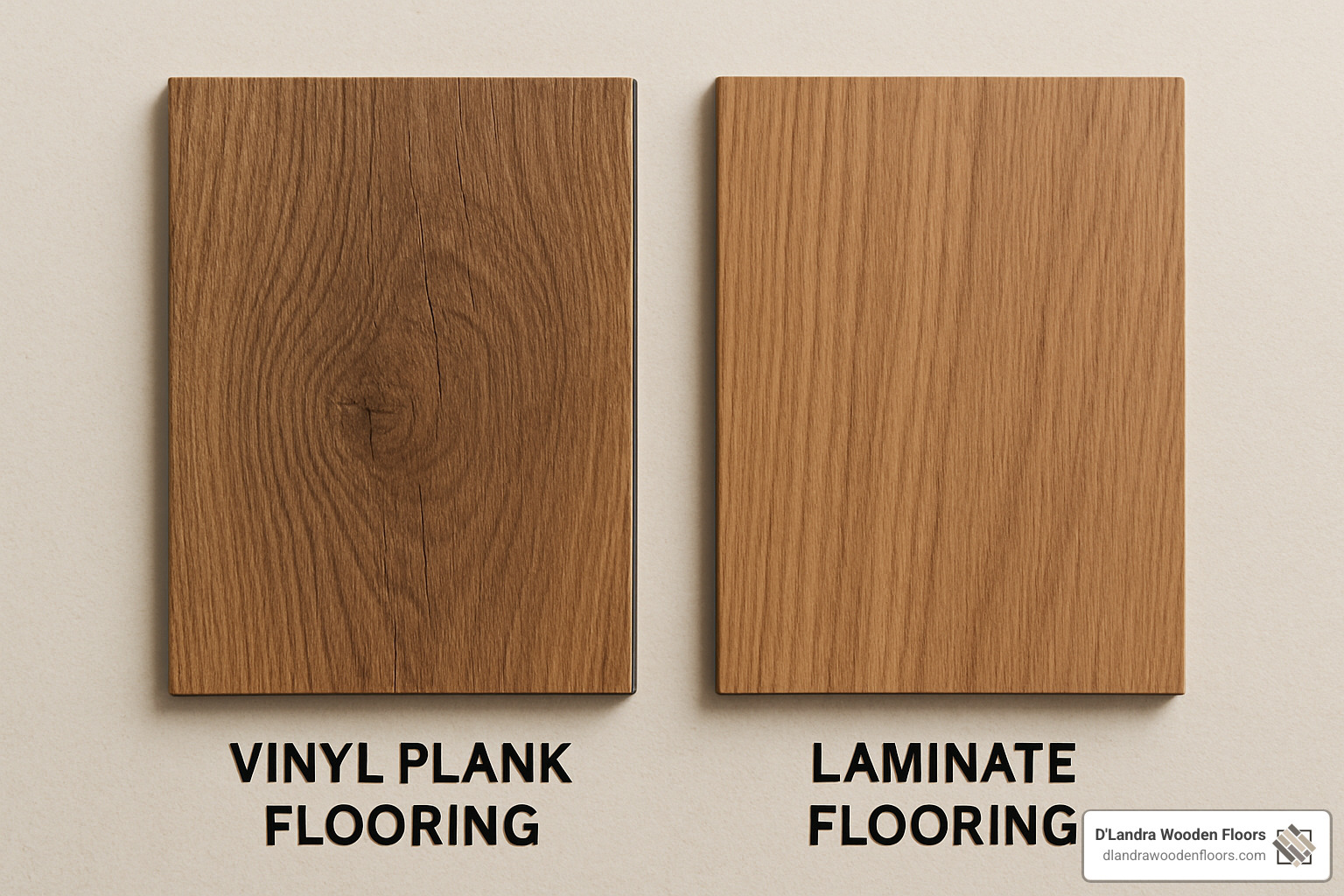
Budget, Installation & Maintenance: Vinyl Plank vs Laminate Cost Reality
Let’s talk dollars and sense. The true cost of flooring extends well beyond the price tag.
Material costs vary widely based on quality:
Vinyl plank typically ranges from $1-$10 per square foot, with premium luxury vinyl commanding higher prices.
Laminate generally costs between $1-$6 per square foot, with high-end products reaching around $8.
Installation costs add another layer:
Vinyl plank installation typically runs $3-$10 per square foot.
Laminate installation costs between $3-$13 per square foot.
Why the difference? Installation complexity varies significantly. Vinyl plank can be installed using click-lock floating methods (no adhesive), glue-down applications for high-traffic areas, or occasionally peel-and-stick for budget options.
Laminate almost exclusively uses click-lock floating installation over underlayment. As one of our installers notes, “Laminate demands much more subfloor prep and requires specialty cuts around doorframes and transitions.”
Vinyl’s flexibility allows installation directly over many existing floors, while laminate generally requires a more perfectly level subfloor. This difference alone can save hundreds in preparation costs.
Daily maintenance creates perhaps the most practical difference:
Vinyl plank welcomes regular sweeping, vacuuming, and wet-mopping with mild cleaners. Spills can wait briefly without disaster, and no special treatments are ever needed.
Laminate requires more caution—regular sweeping and vacuuming work fine, but only damp-mopping is safe (never wet). Spills demand immediate attention, and damaged planks can’t be refinished—only replaced.
For long-term value, consider that vinyl typically lasts 10-20+ years depending on quality and wear layer thickness. Laminate generally lasts 15-25 years but may need replacement sooner in our moisture-prone South Florida environment.
At D’Landra Wooden Floors, we’ve seen both flooring types transform homes beautifully. The right choice depends entirely on your specific needs, room function, and lifestyle—which is why we offer free in-home consultations to help you steer these important decisions.
Choosing the Winner for Your Home (South Florida Edition)
Living in South Florida means your flooring faces unique challenges. Our humidity, occasional flooding risks, and that seamless indoor-outdoor lifestyle we all love create specific demands for whatever you put underfoot. At D’Landra Wooden Floors, we’ve installed both vinyl plank vs laminate in countless homes throughout Coral Springs, Parkland, and Weston. This experience gives us real-world insight into how these materials hold up when facing our tropical climate’s particular quirks.
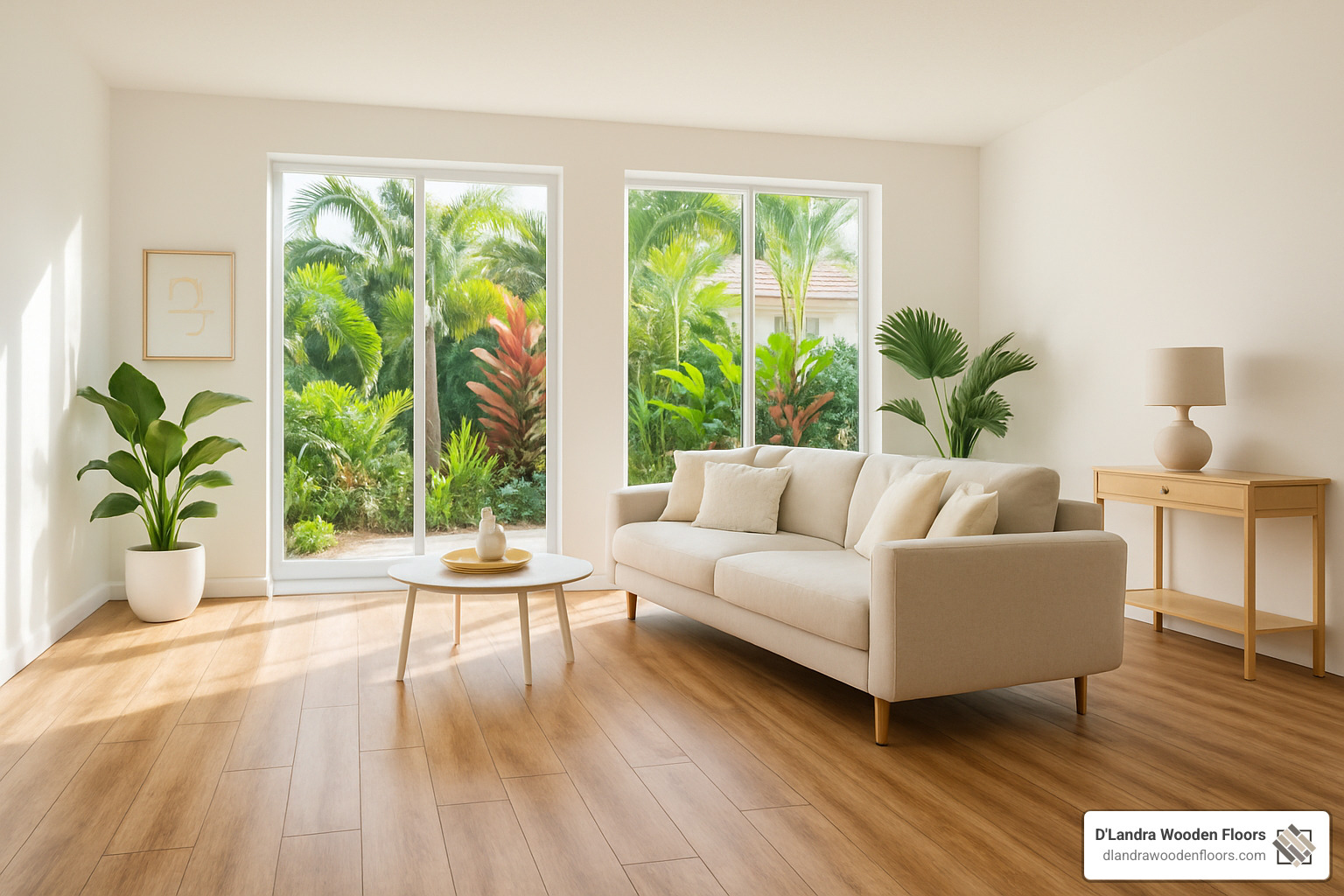
Room-By-Room Verdict
When it comes to bathrooms, there’s simply no contest. Vinyl plank wins hands-down thanks to its 100% waterproof construction. Even the best water-resistant laminate can’t match vinyl’s performance when facing daily showers, splashes, and humidity. Those seams between laminate boards eventually allow moisture to reach the core, potentially causing warping or swelling that can’t be reversed.
For kitchens, vinyl plank takes the crown again. Think about everyday kitchen life – pasta water boiling over, ice maker leaks, spilled drinks – these inevitable mishaps make vinyl’s waterproof nature practically essential. While high-quality water-resistant laminate can work if you’re extremely vigilant about wiping up spills immediately, why live with that constant worry?
Moving to living rooms, laminate gains a slight edge. Its superior wood-like appearance and harder surface feel more like authentic hardwood underfoot – something guests tend to notice and appreciate. That said, premium vinyl planks have made remarkable strides in realism, so if you’re willing to invest in top-tier vinyl, you’ll get comparable aesthetics with added peace of mind regarding durability.
Bedrooms present a true toss-up between the two materials. Laminate offers that beautiful wood appearance at a slightly lower cost point, which matters when covering multiple bedrooms. However, vinyl feels warmer underfoot (especially nice for those early mornings) and creates less noise when walked on – something to consider if you have different sleep schedules in your household.
For home offices, laminate holds a slight advantage. Its harder surface better supports rolling office chairs and heavy furniture without denting. If you choose vinyl for your office, we typically recommend using chair mats to prevent those telltale compression marks that can develop over time.
Laundry rooms are another space where vinyl clearly outperforms. Between potential washer leaks, humidity from the dryer, and detergent spills, this room demands water resistance. Even minor, unnoticed leaks can cause significant damage to laminate over time.
For homes with basements (though admittedly rare in South Florida), vinyl is the obvious choice. The moisture concerns inherent to below-grade spaces and concrete subfloors strongly favor vinyl’s properties. Laminate would require extensive moisture barriers and still remain vulnerable to humidity issues.
If you have pets, vinyl plank generally performs better overall. While laminate might resist scratches from claws slightly better, vinyl handles water bowl spills, accidents, and muddy paw prints with much greater forgiveness. As one customer told us after switching to vinyl, “With two Labradors who love swimming in the pool, I no longer panic when they come racing inside dripping wet.”
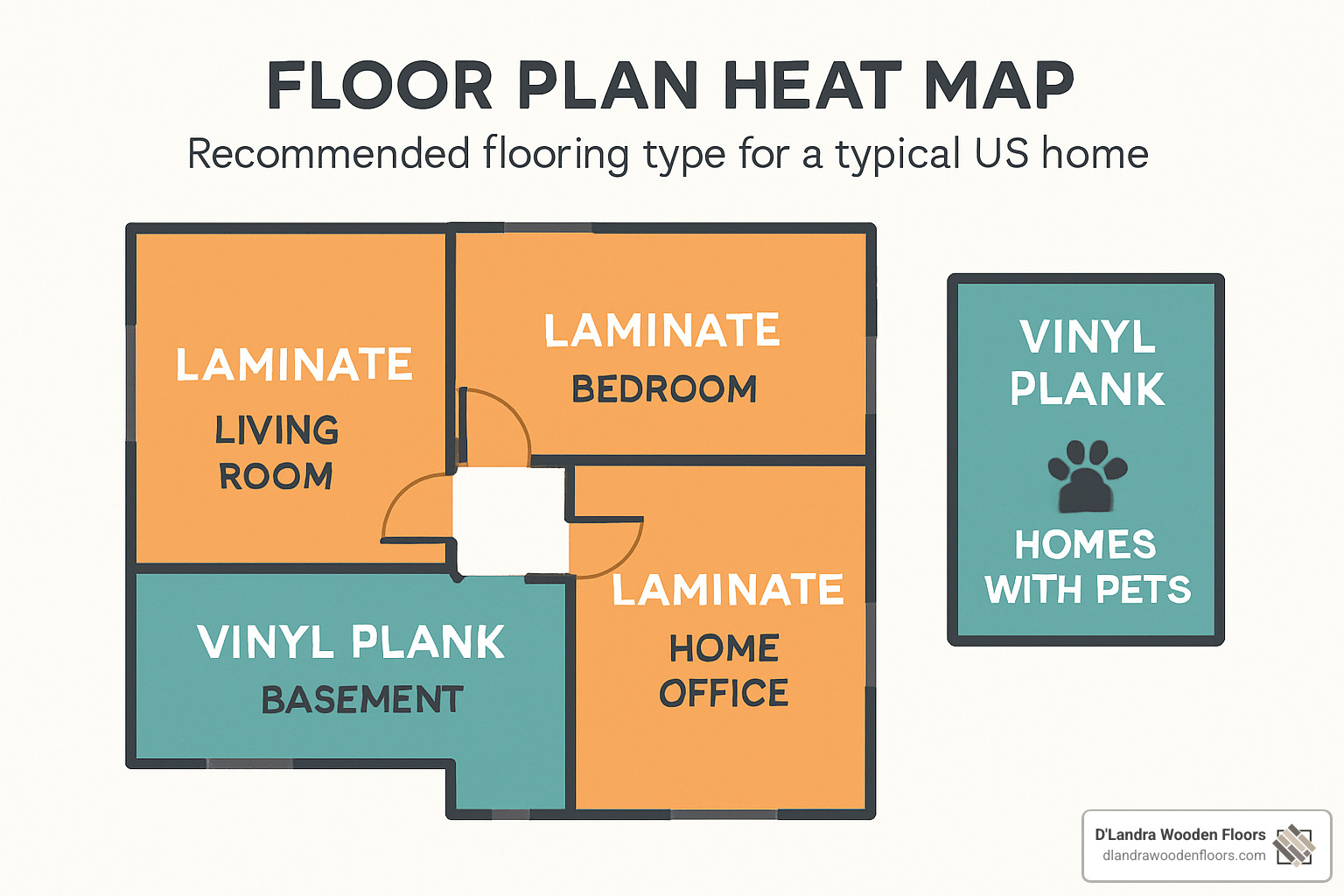
Environmental considerations also deserve attention when making your choice. Vinyl flooring contains PVC, which raises some environmental concerns due to its phthalate content. Many manufacturers now offer phthalate-free options with lower VOC emissions, but it’s worth researching specific brands if this matters to you. Laminate, being made from wood byproducts, is more biodegradable but may emit VOCs from its adhesives and resins during the first few weeks after installation.
When thinking about resale value in the South Florida market, both flooring types add value compared to carpet, but neither approaches the value boost of genuine hardwood. That said, in our climate, many buyers actually prefer these moisture-resistant alternatives to traditional hardwood, understanding the practical benefits they offer in our unique environment.
Final Thoughts & Free Estimate
After installing thousands of floors across South Florida homes, we’ve learned that the vinyl plank vs laminate decision ultimately comes down to your specific priorities and lifestyle.
Choose vinyl plank if water resistance tops your list, you’re installing in moisture-prone areas like bathrooms or kitchens, you have pets with occasional accidents, you want truly minimal maintenance, or comfort underfoot and noise reduction matter significantly to you.
Choose laminate if achieving the most realistic wood appearance is your primary goal, you’re focusing on living rooms, bedrooms, or offices, your subfloor is perfectly level, budget constraints are significant, or you prefer that harder, more wood-like feel when walking.
Quality varies tremendously within both categories. A premium vinyl plank will outperform budget laminate in nearly every aspect, and vice versa. The specific product you choose often matters more than the general category.
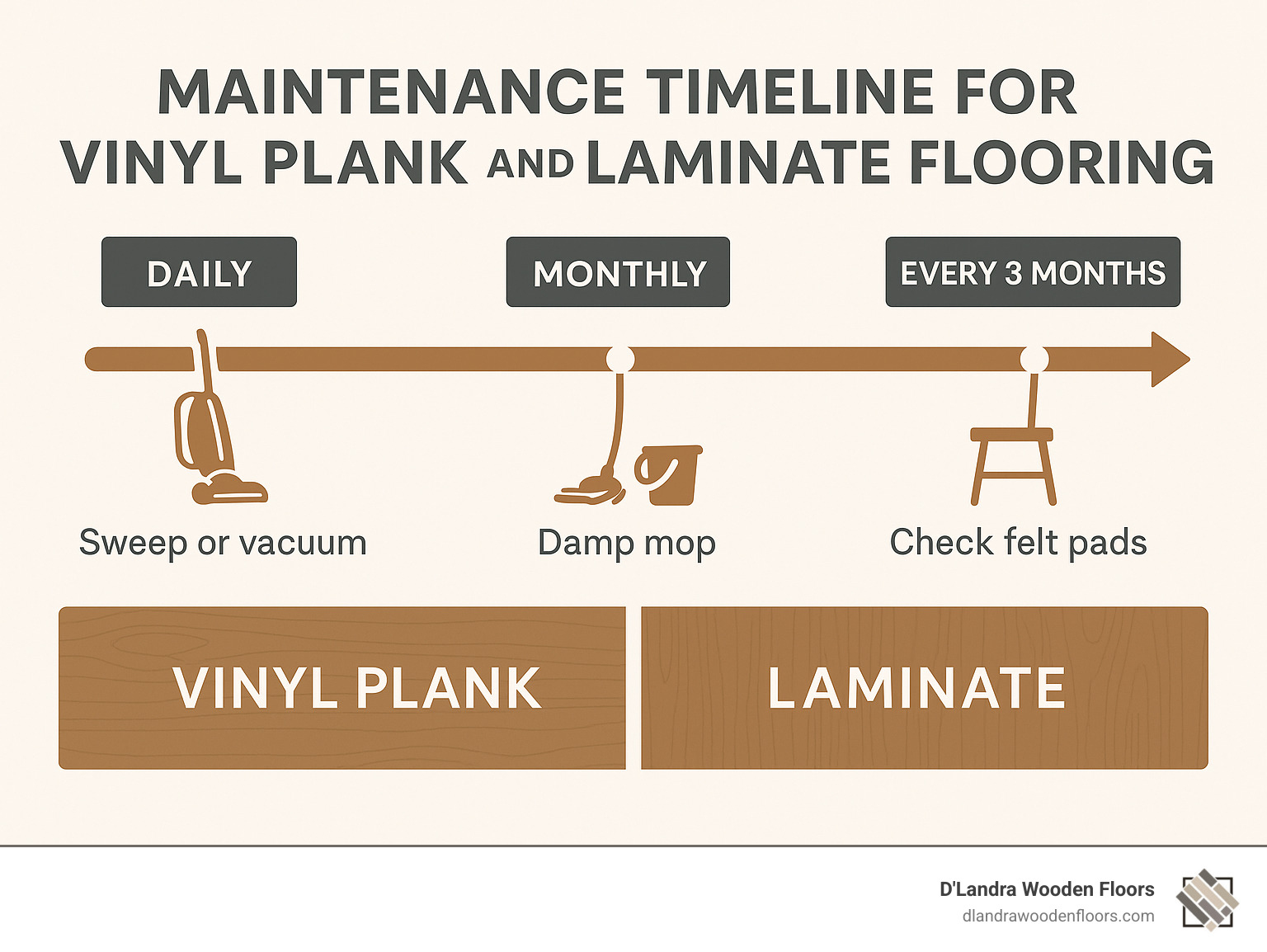
Whichever flooring you select, proper maintenance ensures maximum lifespan. Vacuum regularly to remove abrasive dirt and grit, use only manufacturer-recommended cleaners (harsh chemicals can damage protective coatings), place felt pads under furniture legs to prevent scratches, use entrance mats to reduce tracked-in dirt, and clean spills promptly – especially critical for laminate.
At D’Landra Wooden Floors, we understand this decision impacts both your daily comfort and your home’s long-term value. That’s why we offer free in-home estimates throughout Coral Springs, Parkland, Weston, and surrounding South Florida communities. Our experts will bring samples of both vinyl plank and laminate flooring, measure your spaces accurately, and provide personalized recommendations based on your specific needs – not generic advice.
Our fully insured installation teams specialize in precision work, ensuring your new floors are installed to the highest standards. We stand behind our work with comprehensive warranties that complement manufacturer guarantees.
The flooring you choose today becomes the literal foundation of your home for years to come. Whether you select waterproof vinyl or wood-realistic laminate, proper installation remains the key to maximizing performance and lifespan. Ready to make your decision? Contact D’Landra Wooden Floors today for your free in-home estimate and take the first step toward beautiful, durable floors perfectly suited to your South Florida lifestyle.
